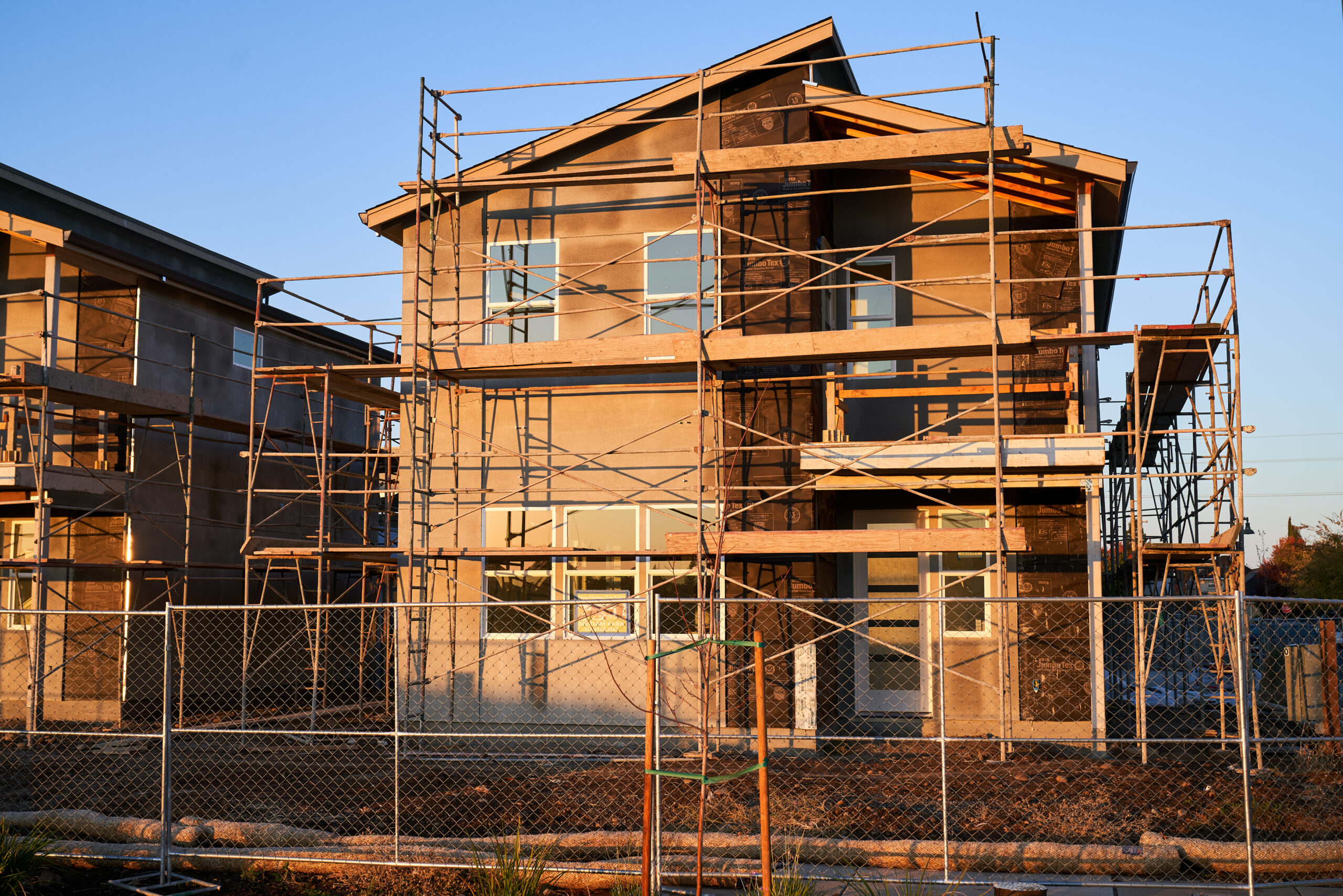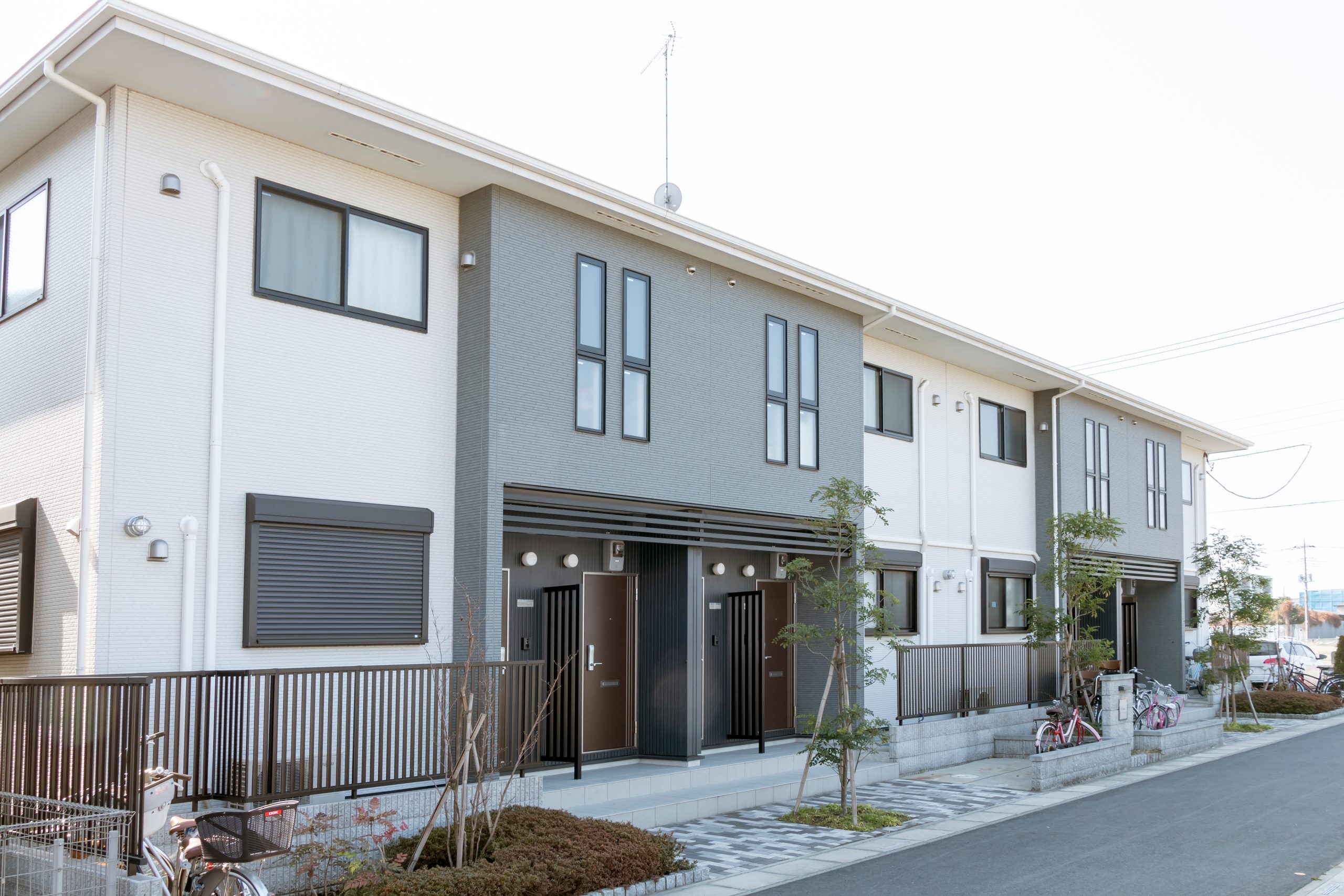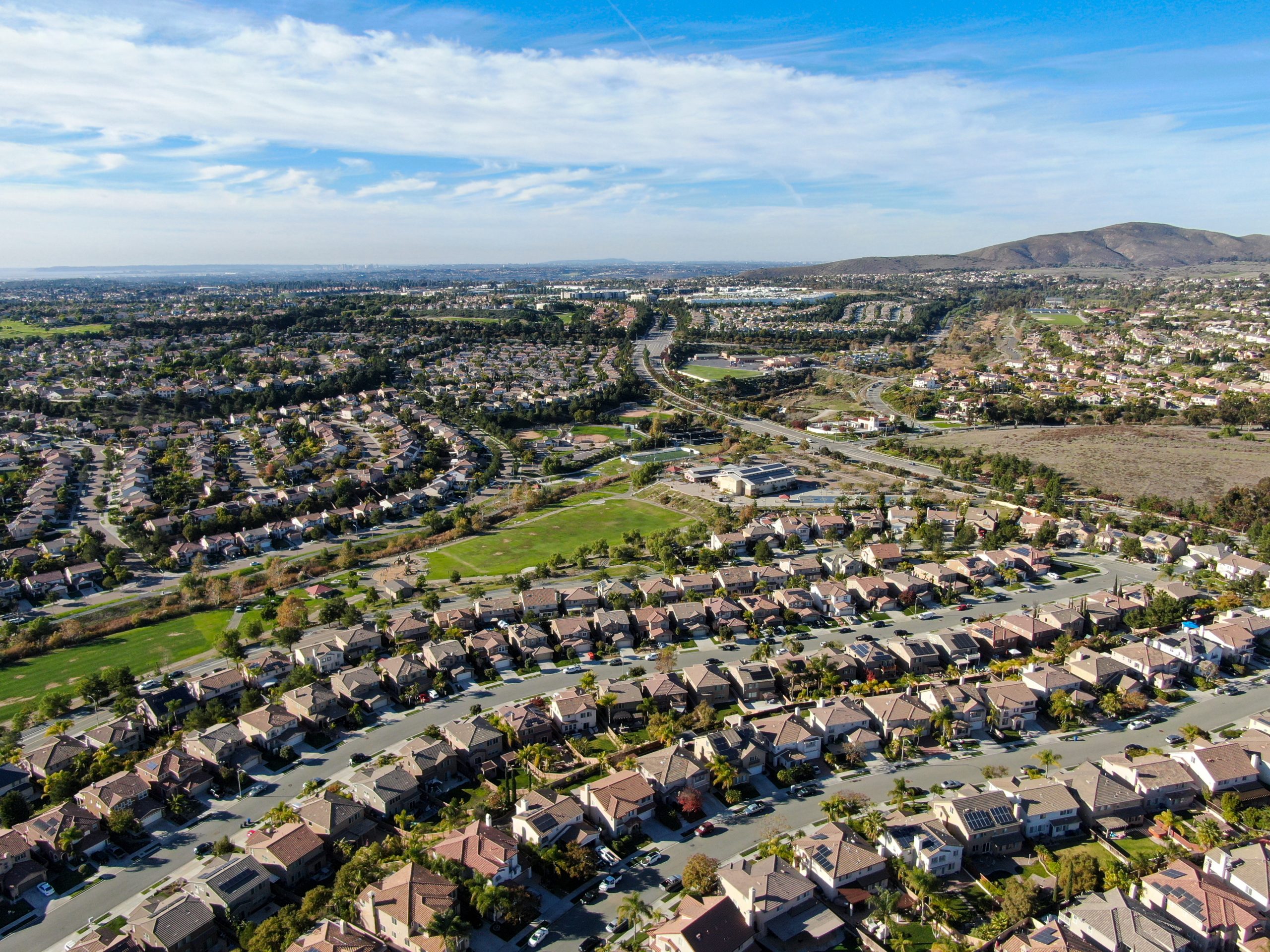In 2022, SB 9 took effect, imposing radical new requirements on local jurisdictions to approve new housing in single-family neighborhoods. Although the results of SB 9 have been mixed (more on that later), Sacramento has seized upon the SB 9 playbook and looked to expand it.
SB 684 seeks to “create new pathways to homeownership for middle-income Californians” by making it faster and easier to build smaller, more naturally-affordable “starter” homes near jobs, schools, transit, and other amenities. The bill streamlines approvals for homes in infill developments of 10 homes or less, in multi-family zones, and on vacant lots in single-family zones. (It’s worth noting that in San Francisco inclusionary requirements kick in at 10 units, so projects seeking 8 or 9 units under this bill may get some pressure to do 10 and fulfill the inclusionary requirement.)
The bill supercharges the lot-split provisions of SB 9. The bill amends the Subdivision Map Act, the state law that regulates the creation and improvement of subdivisions and lot splits, to make it faster and easier to build more housing on a single parcel of land.
Specifically, SB 684:
- Requires ministerial approval of a subdivision map that creates up to 10 units on qualifying parcels in multi-family neighborhoods and on vacant lots in single-family neighborhoods.
- Shortens the timeframe development may begin by requiring local agencies to approve building permits once a tentative map has been approved under the Subdivision Map Act.
- Prohibits the removal of housing that is low income, rent-controlled, or occupied by tenants within the last 7 years.
- Ensures streamlined projects meet environmental sustainability standards.
SB 684 was introduced by Anna Caballero, whose district is in the Salinas Valley, and recently was passed by the state Senate. It now moves to the Assembly.
Speaking of SB 9, the 2022 law was adopted with great fanfare. A 2021 analysis by the Terner Center estimated that over 700,000 new homes could be newly feasible to build if SB 9 passed, and taking into account on-the-ground market dynamics. But the reality has been different. Many California cities passed urgency ordinances implementing additional regulations prior to implementing the benefits of SB 9. Some jurisdictions still have yet to adopt the objective design standards needed to approve SB 9 projects.
Local regulations—such as low maximum unit size, height limitations, and other design rules—can render the construction of SB 9 homes infeasible. Not to mention high construction costs and/or lack of expertise with homebuilding. As a result, few jurisdictions in California are seeing much SB 9 activity, and many are seeing none. In San Francisco, only 34 applications have been submitted, and 16 approved (21 total units). Los Angeles had the most overall activity in 2022, with 211 applications for new units under SB 9. We will continue to monitor the progress of both SB 9 and SB 684.
Authored by Reuben, Junius & Rose, LLP Attorney Thomas P. Tunny.
The issues discussed in this update are not intended to be legal advice and no attorney-client relationship is established with the recipient. Readers should consult with legal counsel before relying on any of the information contained herein. Reuben, Junius & Rose, LLP is a full service real estate law firm. We specialize in land use, development and entitlement law. We also provide a wide range of transactional services, including leasing, acquisitions and sales, formation of limited liability companies and other entities, lending/workout assistance, subdivision and condominium work.






